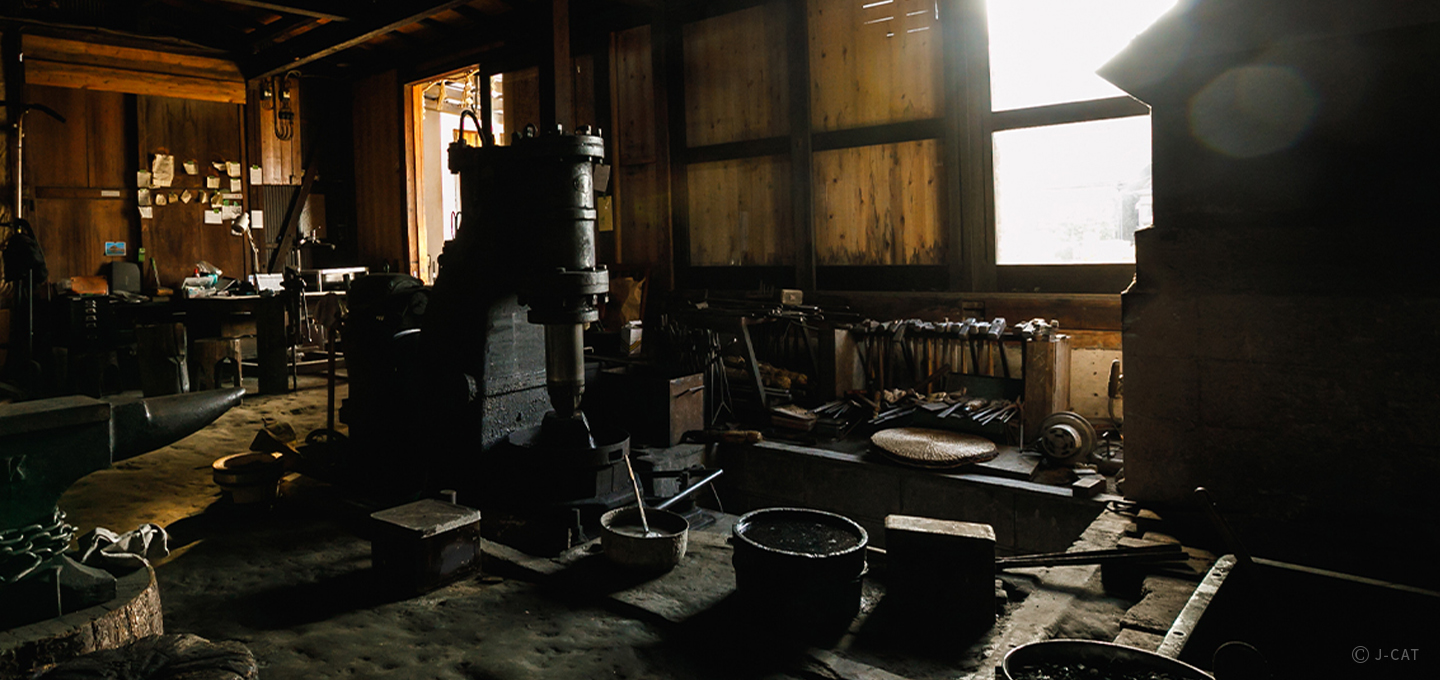
Special Experience
Gifu
Forge a Samurai Knife at Asano Kajiya, a Distinguished Blacksmith's Workshop in Gifu
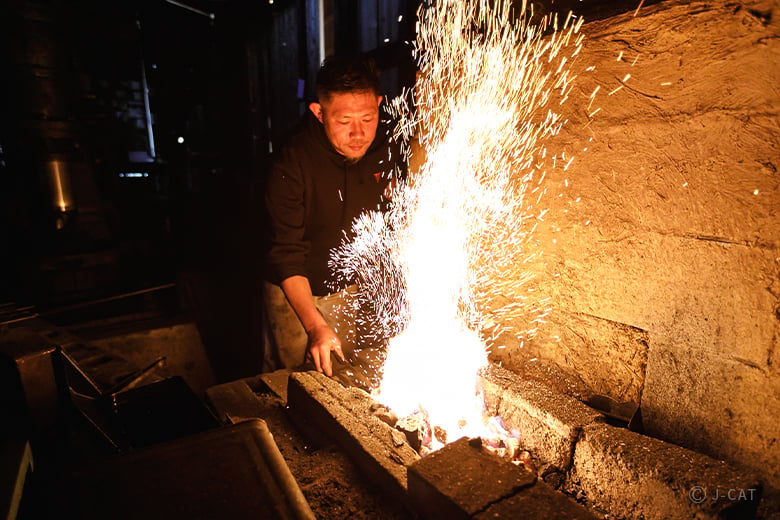
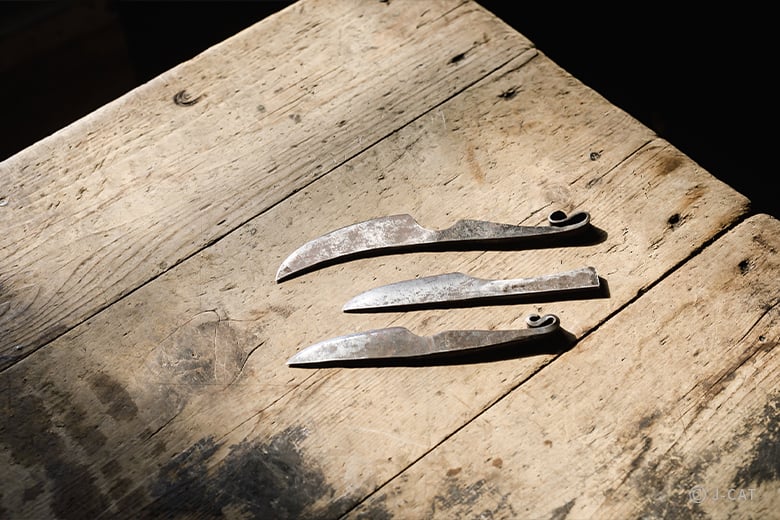
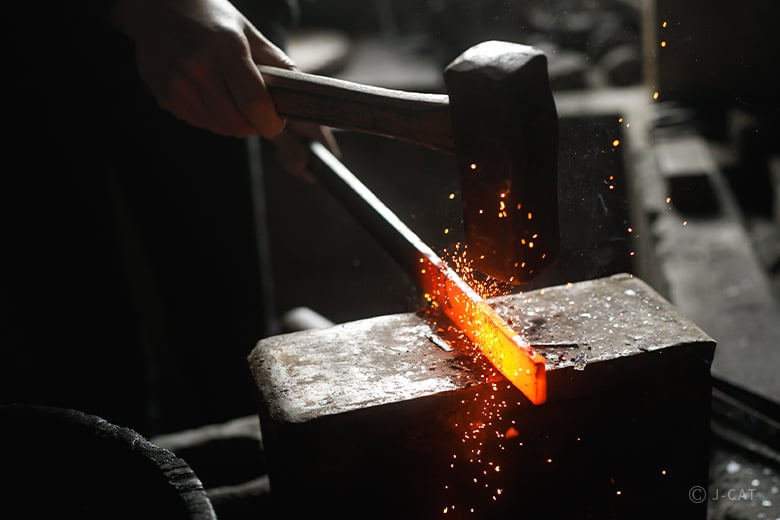
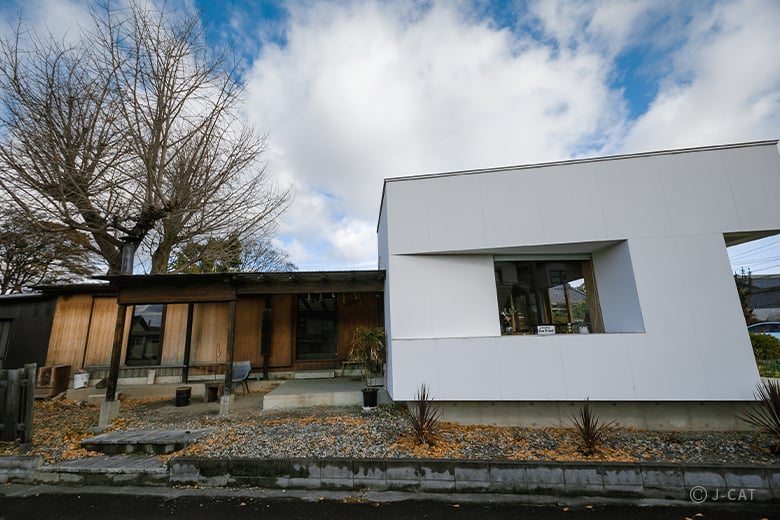
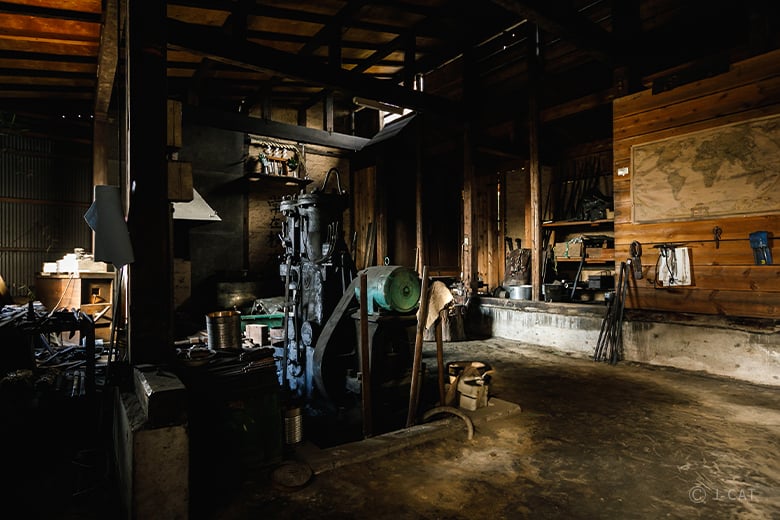
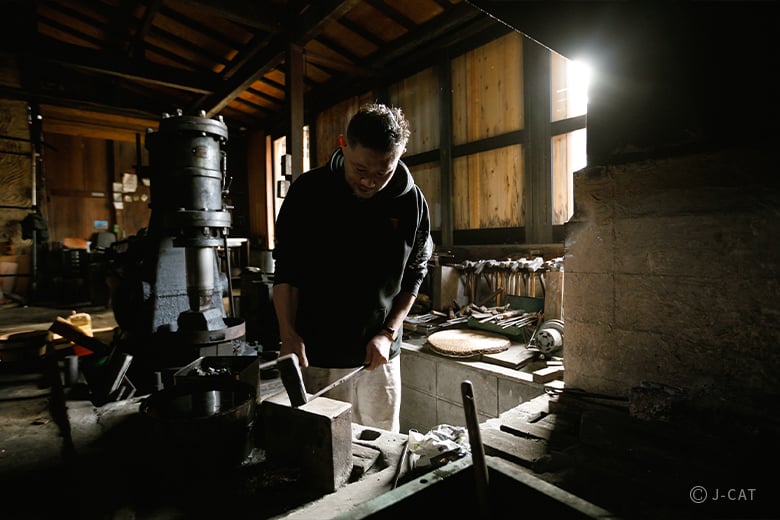
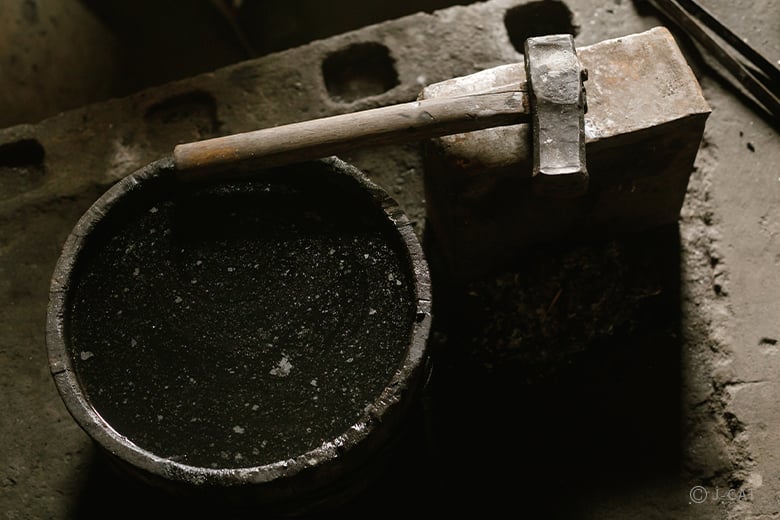
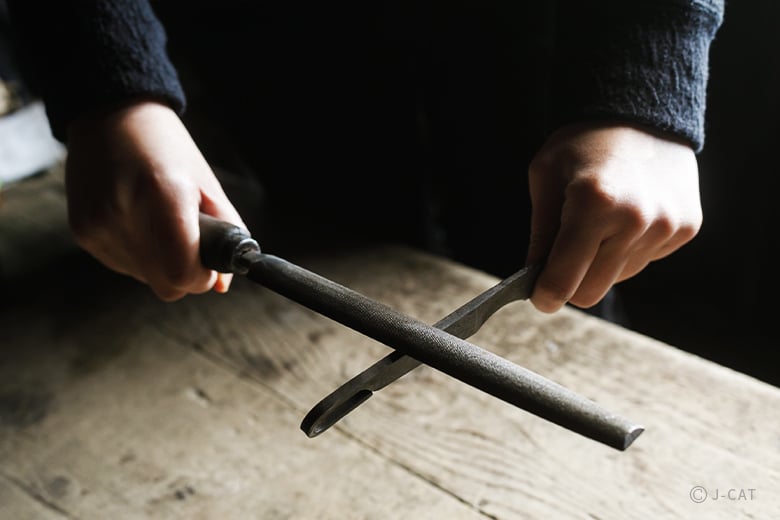
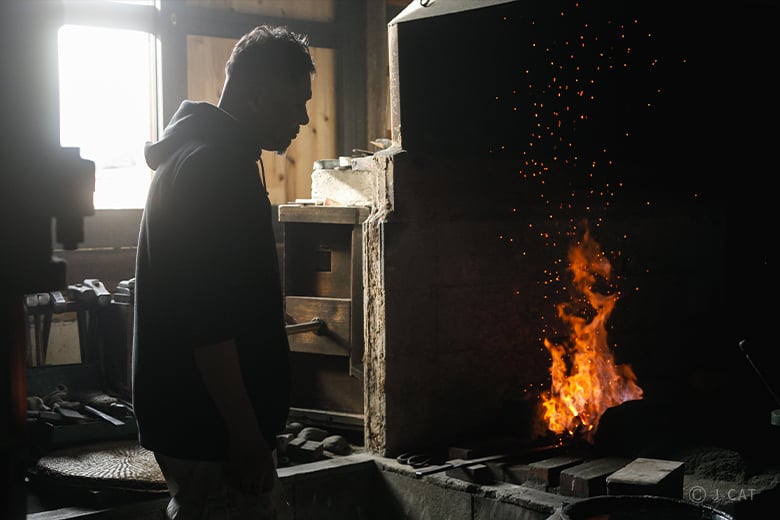
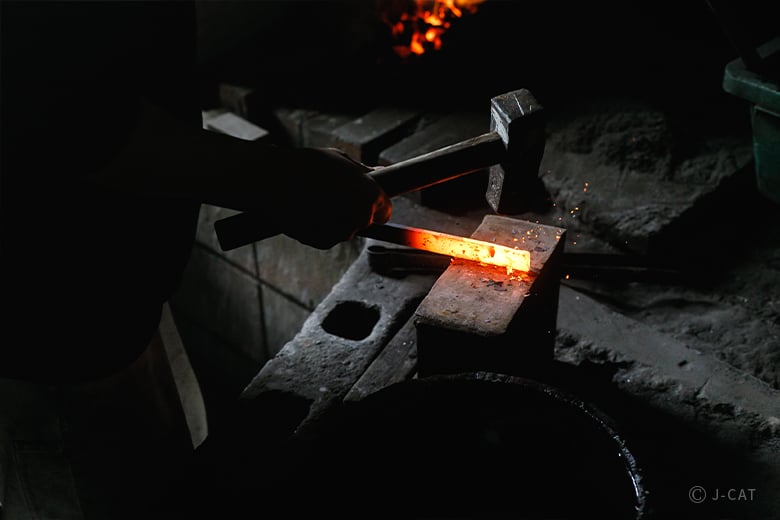
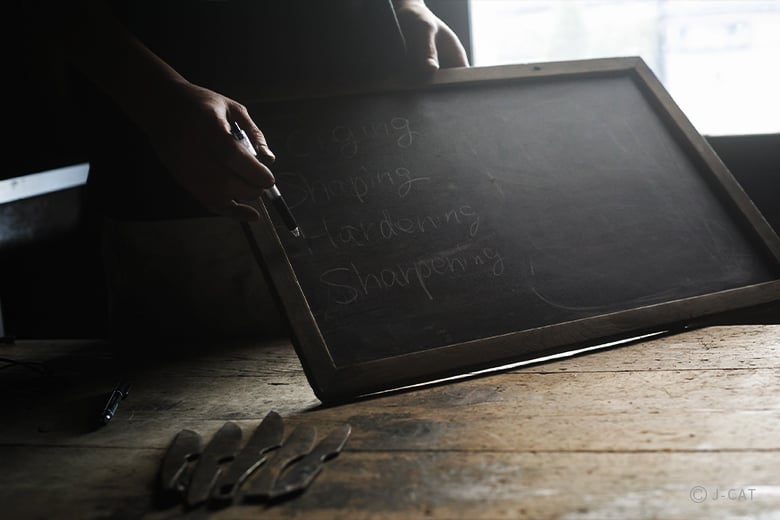
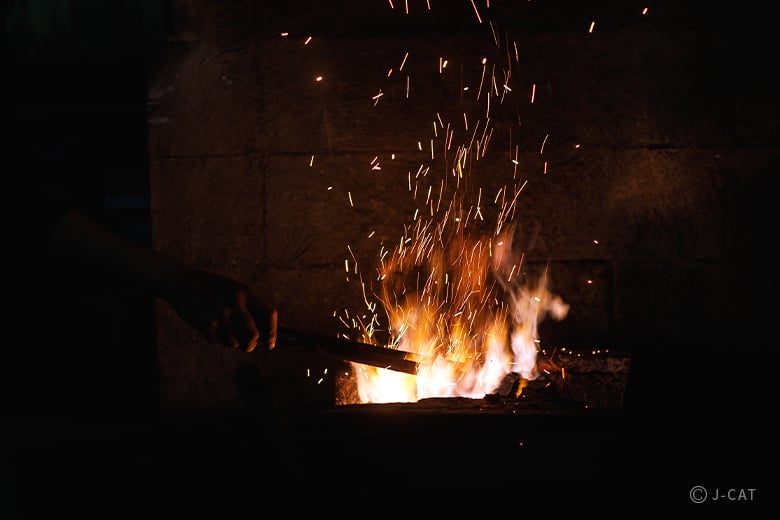
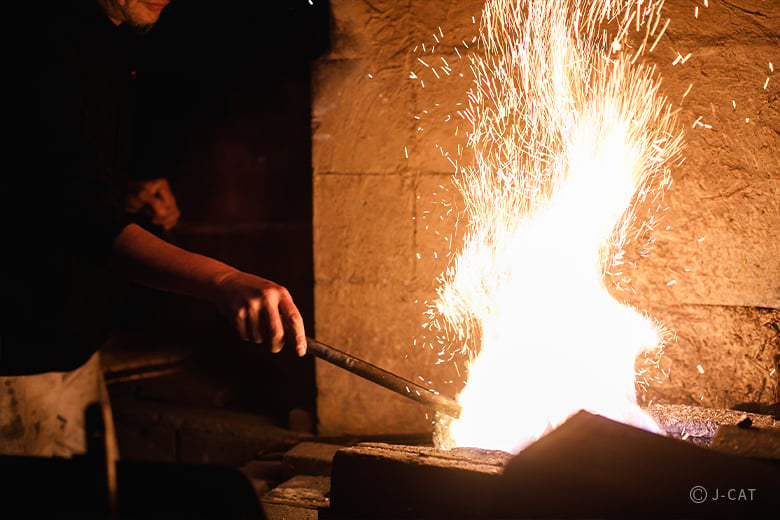
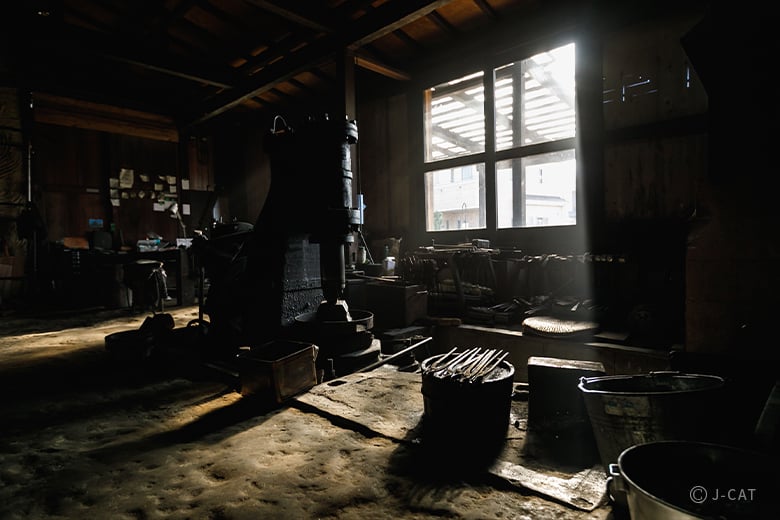
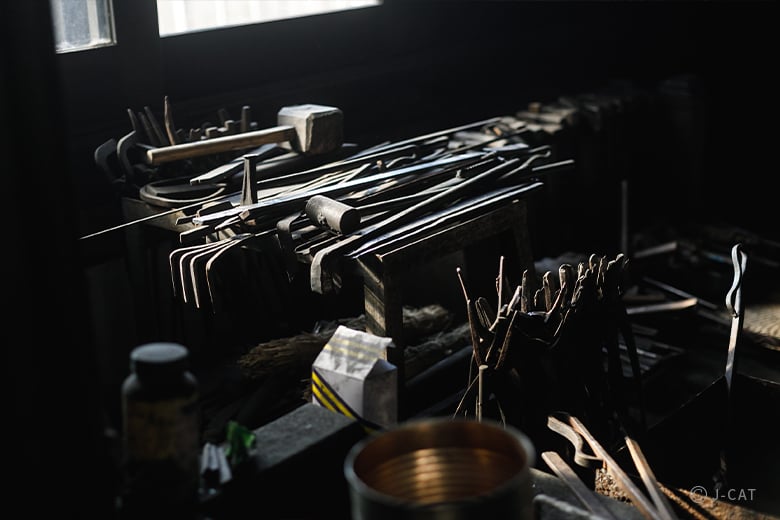
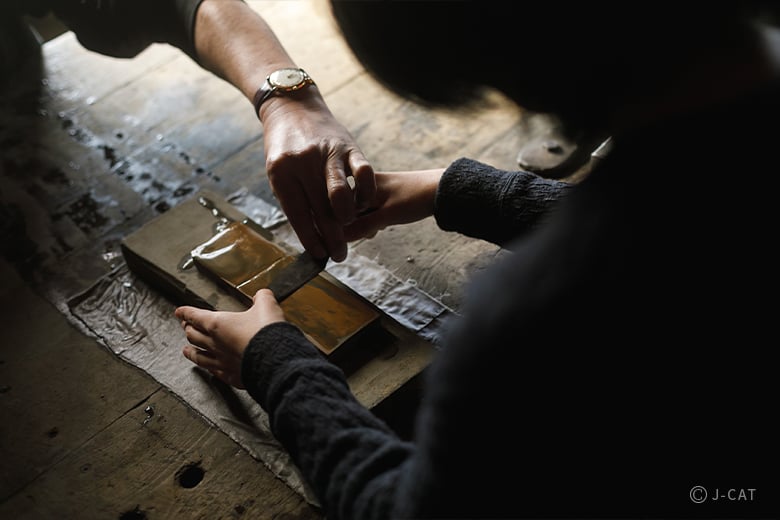
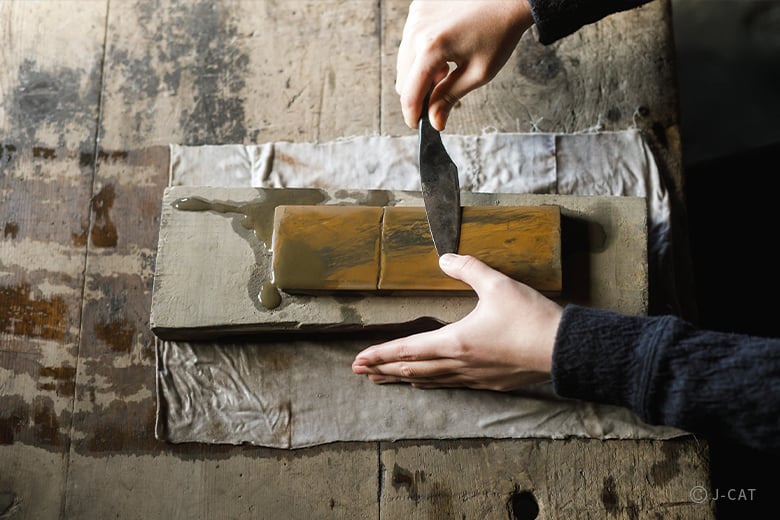
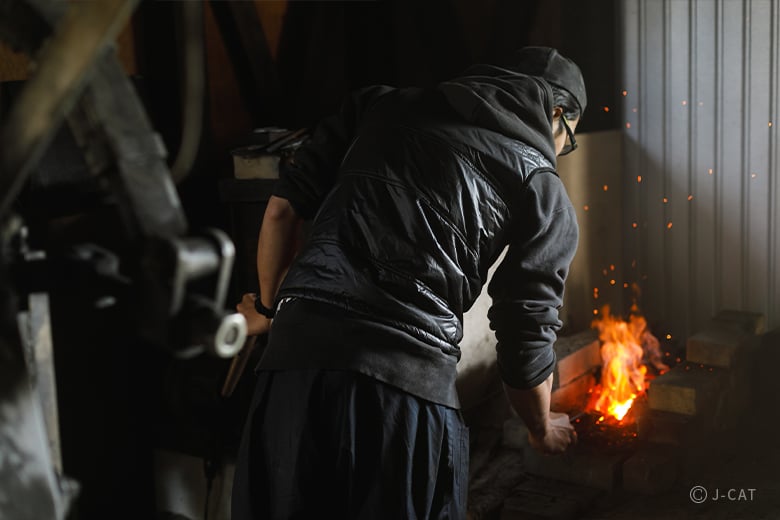
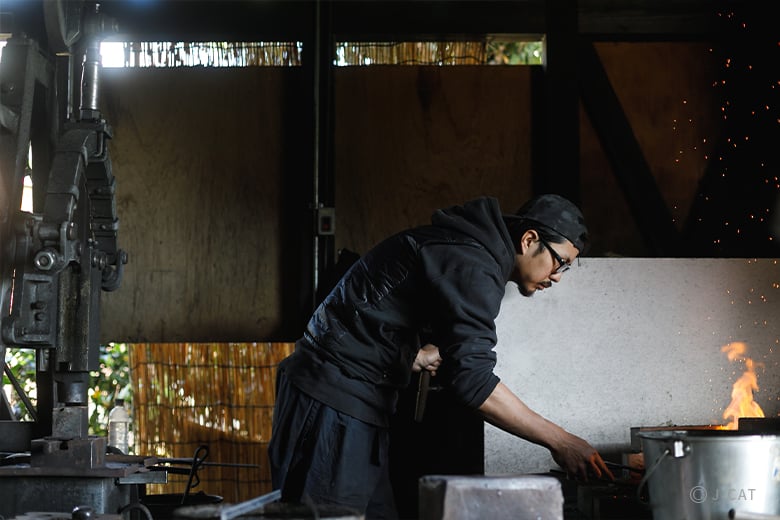
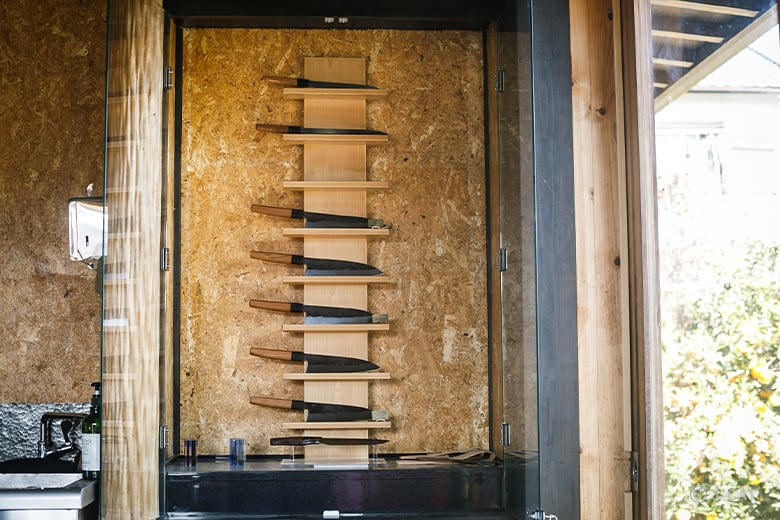
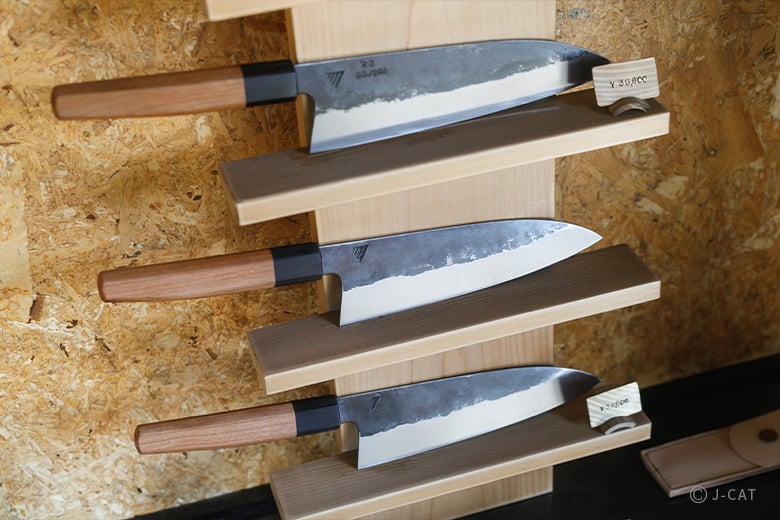
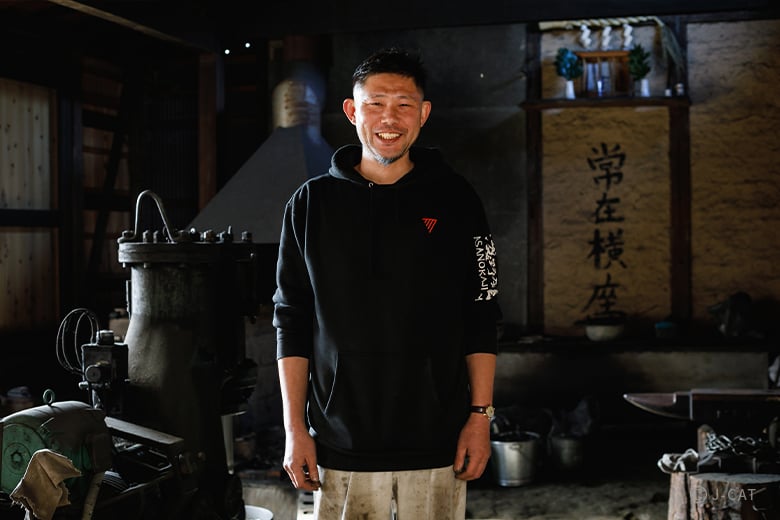
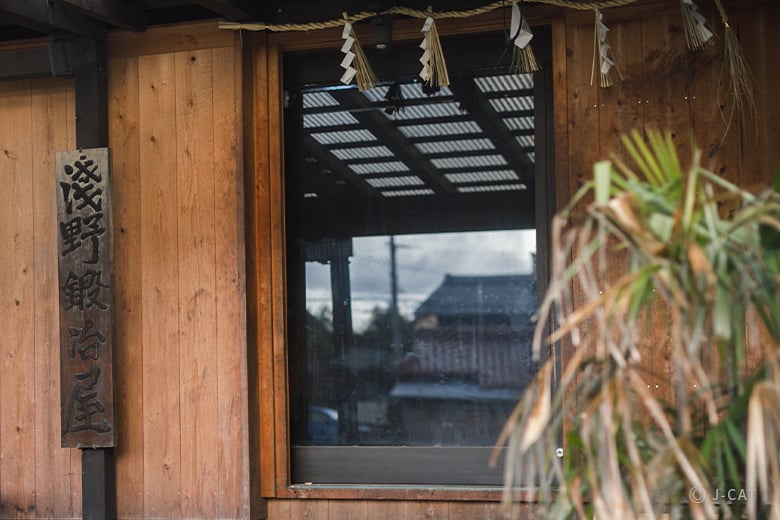























Overview
Located at Gifu Prefecture's Hashima City, Asano Kajiya is a well-known blacksmith's workshop housed in a traditional Japanese farmhouse. Here, spend a day making a knife under the guidance of acclaimed swordsmith Taro Asano or a skilled apprentice trained in his techniques. In this hands-on experience, you'll learn the various steps of the swordsmithing process: heating iron then hammering it to stretch it out, creating the shape with a metal file, tempering, and sharpening. Finally, your knife will be ready to take home at the end of the experience.
*From April 29th to May 5th/ August 10th to 20th/ December 28th to January 3rd, there will be an additional fee of 22,000 yen per person due to the peak season.
Key Features
・Challenge yourself as you spend a day making a knife at Asano Kajiya, a blacksmith's workshop near Gifu-Hashima Station — just one Shinkansen stop from Nagoya Station
・Learn from Taro Asano or a skilled apprentice who has inherited his 30 years of experience in bladesmithing and teaching both in Japan and abroad
・Make a knife that is uniquely your own — the knife's finish will vary depending on factors such as the weather and even your disposition
*This experience may be held in a mixed group depending on reservation status.
Gifu
360mins
from ¥52,000 /person
1 - 6 participants
Available in English
Cancel free up to 8 days prior
Details
Learn Japanese Bladesmithing Techniques as You Make a Knife at a Historical Farmhouse
In a quiet residential area near Gifu-Hashima Station, just one stop from Nagoya Station on the Tokaido Shinkansen bullet train, is Asano Kajiya, a blacksmith's workshop run by expert swordsmith Taro Asano. Housed in an old wooden farmhouse with traditional Japanese architectural fixtures such as tsuchikabe clay walls and high beams, the workshop has a refined ambiance to it.

The workshop's flooring is made of clay; you can feel its rugged texture as you walk around
Mr. Asano's interest in blacksmithing started at the age of 13, after hammering iron on his own during a knife-making experience. The feeling of working with metal captivated him, inspiring him to train as a swordsmith's apprentice at Gifu Prefecture's Seki City, nicknamed the City of Blades for having produced many skilled bladesmiths since ancient times. Once renowned for its swords during the days of samurai warlords, Seki today is still known for high-quality blades of a more practical kind: kitchen knives, scissors, and more.
In 2004, Mr. Asano established Asano Kajiya in Seki, but in 2006, he moved his workshop to his hometown of Hashima City, also in Gifu. Currently, he is very actively involved in bladesmithing, creating swords and knives with several of his apprentices, including one from France.
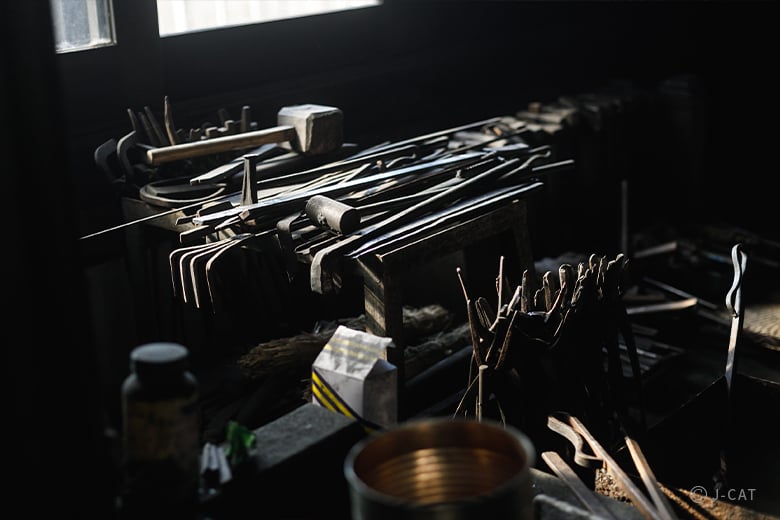
A selection of essential tools used in traditional sword making
Passionate about his craft, Mr. Asano is committed to conveying the appeal of Japanese blades and traditional Japanese blacksmithing techniques. He has held a number of lectures and training sessions on Japanese swords, as well as sword-forging demonstrations, in various countries such as the United States, Canada, and France. Additionally, he had the honor of leading Hashima City's local torch-lighting ceremony for the 2020 Tokyo Paralympics.
Deeply knowledgeable when it comes to bladesmithing, Mr. Asano is a reliable master swordsmith who, through his active involvement in various activities in Japan and overseas, humbly shares his expertise with others. His workshop is open to anyone interested in learning from him — a rarity in the world of Japanese swordsmithing, making his knife-making experience a valuable opportunity.
Shape a Knife with Time-Honored Japanese Blacksmithing Tools
The first step in blacksmithing is to prepare the fire for forging. Start a fire by using a blacksmithing tool called fuigo, which is used to blow air into a furnace to ignite the charcoal.

The intensity and color of the fire varies depending on wind speed
Once the fire is started and the iron is sufficiently heated, begin hammering the iron repeatedly to stretch and roll it out. The key is to rhythmically strike the front and sides at a steady pace. The artisans at Asano Kajiya will signal to you when it's time to strike the iron, so just relax and work confidently, as you're in good hands.

The workshop's hammers are of different weights, so those lacking in arm strength can use lighter hammers
After the iron has been stretched out to a certain extent, repeat the process of heating and hammering the metal several times to forge it. Be careful during this stage of the process, as sparks of flame scatter when you strike heated iron. To avoid burns and other injuries, it's best to wear long sleeves and pants.
Polishing the Surface with a Metal File for a Smooth Finish
Once the iron begins to take the shape of a knife, it's time to polish it. Grip the blade and, using a metal file, polish the entire surface until all bumpy or uneven portions have been smoothed out. The blade won't be very sharp yet at this stage, so there's no need to worry about accidentally cutting yourself.

The thrill of holding the blade will surely get you excited for the completion of your knife
After polishing your blade, it's time for a break. There will still be work to do in the afternoon, so replenish your energy with a hearty, nutritious bento box for lunch (note: the exact contents of the bento are subject to change).The workshop can accommodate allergies and dietary restrictions (religious or otherwise), so please indicate any special dietary needs when booking this experience.

A bento with chicken teriyaki as the main dish (image for reference purposes only; menu subject to change)
Sharpen the Blade to Complete Your One-of-a-Kind Knife
Once break time is over, it's time to get back to work. The next step is tempering the knife by exposing it to heat, then quenching it in oil. An artisan will handle this process, but if you wish to try it yourself, please let them know.
To be able to properly check the condition of the heated iron, it is necessary for this process to take place in complete darkness, so all of the workshop's doors will be closed. The contrast between the pitch-black darkness of the workshop and the flaming sparks is an impressive sight to behold; the sparks that seem to dance in the darkness are mesmerizingly beautiful.

Sparks of flame lighting up the darkness make for an impressive sight
The tempering process is followed by sharpening the blade with a whetstone sprinkled with water. Once the blade is sufficiently sharp, you'll have completed your very own one-of-a-kind knife, which you can take home right after the experience.

Examples of finished knives, which can be used not only for slicing food, but also as paper cutters
The finish of a blade varies depending on factors such as the weather on the day it was created, the disposition of the bladesmith who created it, and so on — and the same is true for the knife you'll make. By taking part in steps of the sword-making process, such as repeatedly striking heated iron as sparks leap in the air, you'll be able to feel the intricacies of bladesmithing for yourself.
It's not just amateurs or beginners who marvel at swordsmithing; even an expert like Mr. Asano, who has already witnessed and taken part in the process many times, still feels that sense of wonder from time to time.
Coming up in advance with an idea of the kind of knife you'd like to make is well and good, but if you come to Asano Kajiya with an open mind that embraces spontaneity, you're likely to find the experience even more rewarding as you surprise yourself with what you're able to create.

Artisans at Asano Kajiya will attentively teach you how to sharpen a knife at the right speed
A Full Day of Observing and Trying Traditional Japanese Blacksmithing Techniques
The tools used in blacksmithing are all-natural: wooden tools, fire, wind, and iron. Though this time-intensive process of making each blade by hand may seem a bit too old-school in these modern times, it makes blades created with traditional blacksmithing techniques even more of a valuable rarity. This also makes this experience a precious opportunity, because today's busy urban lifestyles do not give people many chances to go back to basics.

As an optional add-on, you can purchase an Asano Kajiya kitchen knife — for those interested, advance booking is recommended, as on-hand inventory is limited
In addition to your completed knife, how about taking home an Asano Kajiya kitchen knife as a keepsake of your experience? For an additional fee, you can reserve a high-quality kitchen knife as an add-on and take it home on the day of your experience. Durable and easy to use, an Asano Kajiya original knife is a tangible reflection of the craftsmanship of Mr. Asano and his artisans.
Asano Kajiya

Asano Kajiya
Located in Gifu Prefecture's Hashima City, Asano Kajiya is the workshop of Taro Asano, a bladesmith with about 30 years of experience creating swords and knives. Passionate about conveying the appeal of Japanese blades and traditional Japanese blacksmithing techniques, Mr. Asano frequently holds lectures and training sessions at Asano Kajiya and overseas. His workshop is open to guests interested in making knives, regardless of skill level or prior experience. Asano Kajiya currently employs several bladesmithing artisans, including a French apprentice.
Customer's Voice
The host was amazing and really knows his craft. Not to mention he allowed me to have a souvenir that I craft with my own hands. Absolutely amazing. 10/10 👏🏾👏🏾
E.W. United States
All aspects of the experience were excellent and well worth the price. Learning from Taro was amazing. He was very patient with all of us and encouraged us to try more than we were initially comfortable with. The pacing was great and I feel very accomplished with the knife I made.
T.Y. United States
The host was profesional, informative and experience. The host is a lovely person, sensitive and cheerful. he took care in explaining the different steps. Our impression was that he put a lot of passion and pride in his work which encouraged us to do our best to forge a knife, even if it was our first time, that respected the standard of the host. Amazing experience if you like to dirty your hands a little and test your skills. We wish all the best.
M.B. Switzerland
Location
Asano Kajiya
Hashima City, Gifu Prefecture
Request for booking
Select first preferred date (JST)
January 2026
Sun
Mon
Tue
Wed
Thu
Fri
Sat

Instant Booking

Request Booking

17
Full

17
Unavailable
Gifu
360mins
from ¥52,000 /person
1 - 6 participants
Available in English
Cancel free up to 8 days prior
Things to know
Contact Us
If you have any questions, please contact us using the form below.
We also accept bookings from corporate clients and travel agencies.